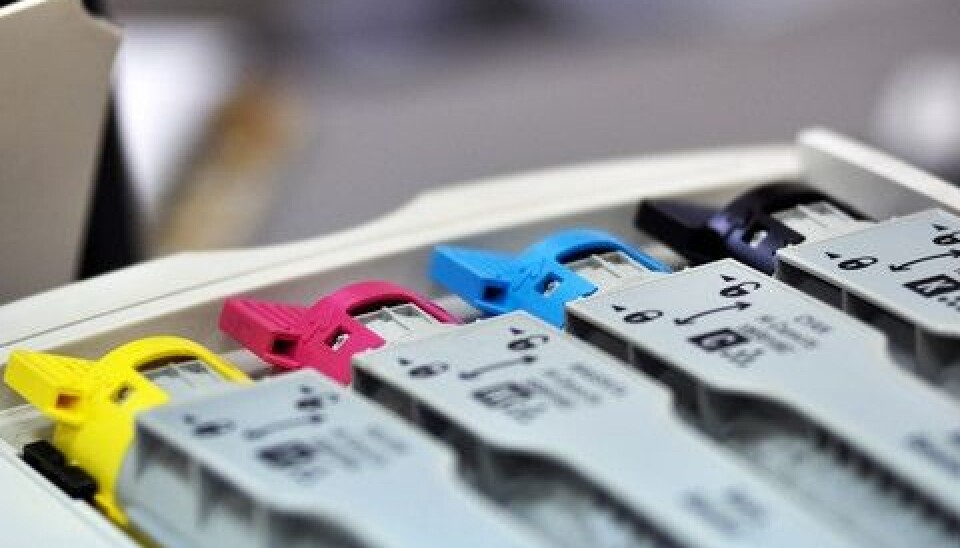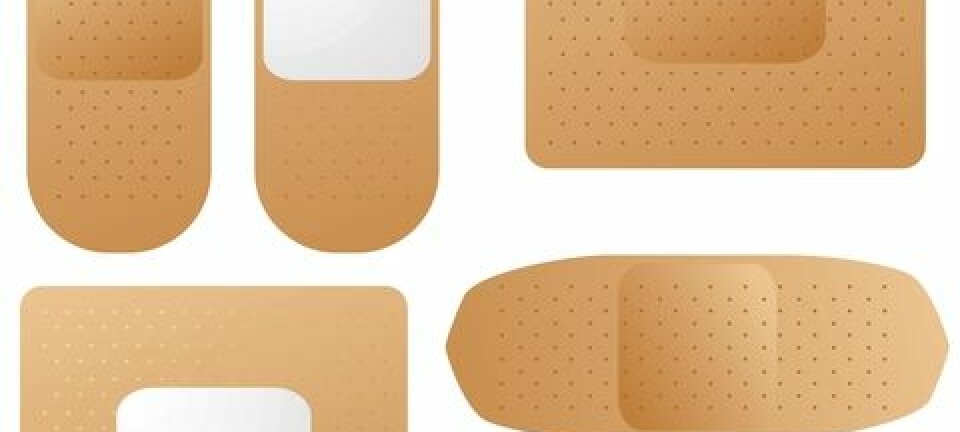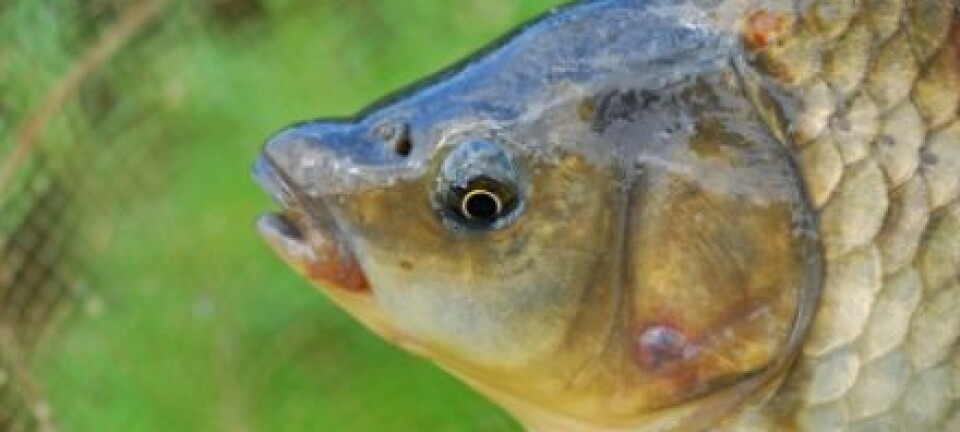
Nanoparticles travel through the stomach and intestines
Nanoparticles impair blood vessels’ ability to change size – a precursor to arteriosclerosis. Surprisingly, they not only affect the lungs, but they also travel through the stomach and intestine – and thus possibly through food too.
It may not be such a great idea to consume activated carbon to reduce your flatulence or your hangovers.
Activated carbon contains the widespread nanoparticle known as carbon black, which is also used in various forms as a colourant in tyres, printer toners and food.
Carbon black now appears to affect blood vessels in rats – not just through inhalation, which scientists have known for a long time, but also through the stomach and the intestines.
"We can see that the blood vessels become less able to expand. The effect is located on the innermost layer of the blood vessels, and that’s actually very critical. This makes it difficult to control the blood flow, and it’s typically an early sign of arteriosclerosis," says Peter Møller, a professor of environmental medicine at the Department of Public Health, University of Copenhagen.
Still unclear how nanoparticles travel from bowel to body
Scientists have known for a while that nanoparticles, just like particles in air pollution, can affect our body when we breathe them into our lungs.
But this is the first time that a study proves the likelihood of nanoparticles also affecting us through the stomach and the intestines.
“We don’t really know why it happens, but that’s something we’re aiming to study further,” says Møller.
Carbon black also present in candy
We’re exposed to various types of carbon black particles from a host of everyday products ranging from makeup and activated carbon, which is available over the counter in pharmacies to fight flatulence and hangovers, to food and black candies such as Turkish Pepper.
The professor does, however, point out that the study was made with a carbon black particle that is primarily found in printer toners.
Since carbon black nanoparticles are made in a variety of ways and come in various shapes and sizes, it’s not certain that the new findings can be said to apply to carbon black in other products such as Turkish Pepper and other foods in which carbon black is represented by the name E153.
“We have only studied a single particle, so we cannot generalise. But if you’re presented with the choice between a product with nano and one without and you worry about the health implications, then it makes sense to pick the product with no nanoparticles,” says the professor.
Findings are likely to apply to humans
Møller and his research team carried out their experiments on so-called Zucker rats, which are said to be particularly good models for how the human body can be affected in the direction of serious diseases such as diabetes and cardiovascular diseases.
It’s always tricky to transfer results from animal studies directly to humans. However, when it comes to how nanoparticles affect our bodies, there is good reason to believe that we respond in the same way as rats.
“We have clearly seen similar effects in the lungs of laboratory animals, and we can also see that people exposed to air pollution lose their ability to dilate their blood vessels,” he says.
“This provides us with a direct correlation, which makes it likely that the particles may have a dangerous intrinsic property in humans.”
Harmful effect vanished with the nanoparticles
The study, published in the journal Toxicological Sciences, shows that a single dose of carbon black in the stomach or intestines has no effect on rats. But ten doses over a ten-week period affected the blood vessels’ ability to regulate their own size.
When the researchers removed the particles and examined the rats again after 13 weeks, the effect had disappeared.
The result corresponds perfectly with the researchers’ own expectations, based on previous studies with nanoparticles in animal lungs.
Does carbon black affect intestinal bacteria?
However, when it comes to explaining how the nanoparticles affect our bodies through the stomach or the intestines, the researchers still have some way to go.
“We have some theories, ranging from the particles being absorbed in the body to the particles creating a kind of inflammation of the gastrointestinal tract, and thereby affecting the whole system,” he says.
“It’s also possible that the particles cause the intestinal bacteria to release toxic substances, but that’s something we would like to take a closer look at in the future.”
The team has backed up these findings in another study, published in the journal Toxicology Letters. This study takes a more detailed look at what happens at the cellular level when animals are exposed to nanoparticles through the stomach or the intestines.
---------------------------------------
Read the Danish version of this article at videnskab.dk
Translated by: Dann Vinther
Scientific links
- Endothelial Dysfunction in Normal and Prediabetic Rats With Metabolic Syndrome Exposed by Oral Gavage to Carbon Black Nanoparticles; Toxicological Sciences 129(1), 98–107 (2012) doi:10.1093/toxsci/kfs180
- Carbon black nanoparticles and vascular dysfunction in cultured endothelial cells and artery segments; Toxicology Letters; Volume 214, Issue 1, 2 October 2012, Pages 19–26; http://dx.doi.org/10.1016/j.toxlet.2012.07.022







